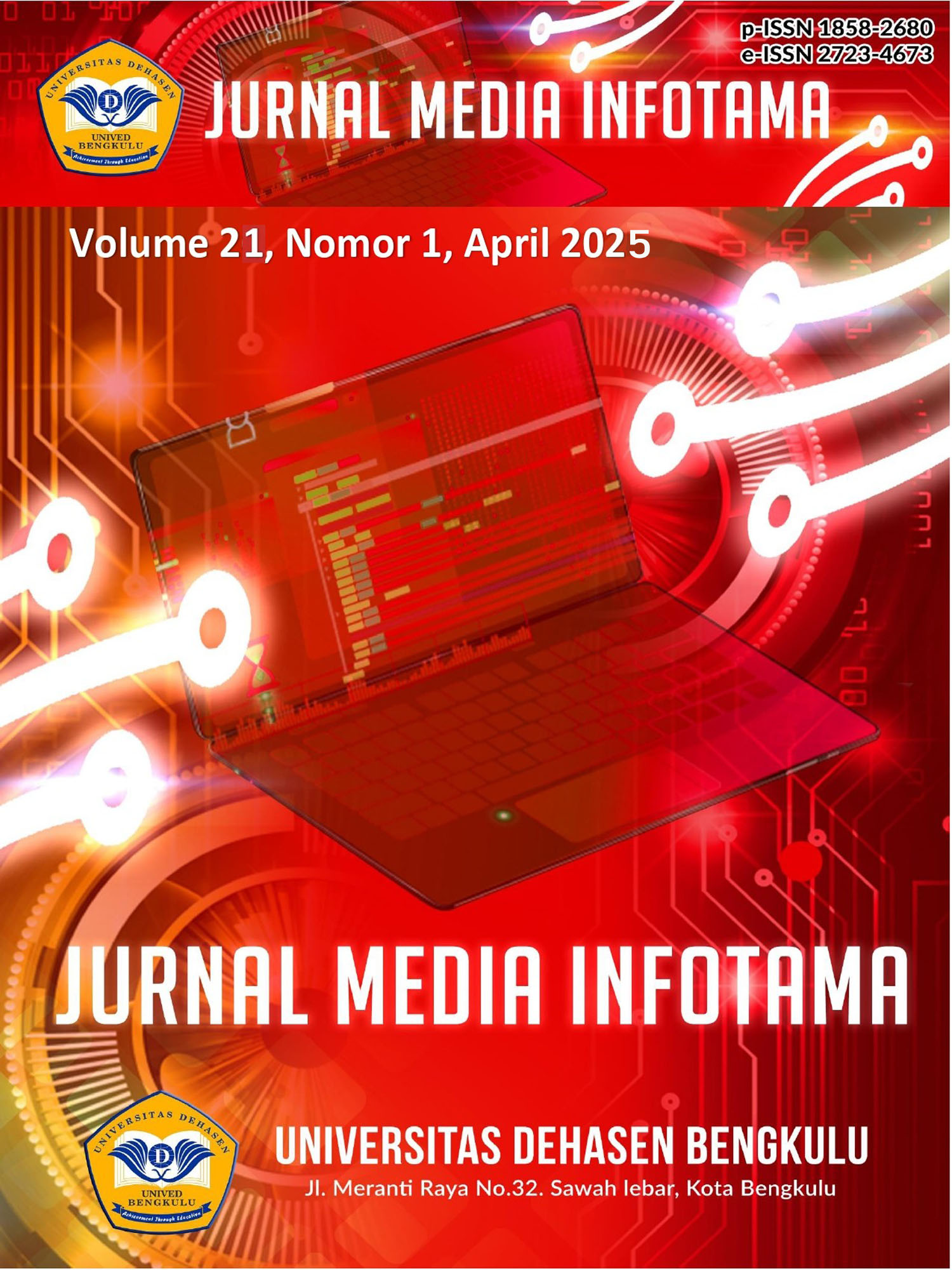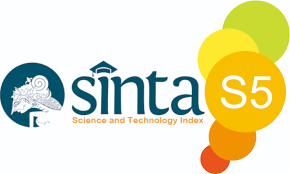Rancang Bangun Sistem Kendali AC dengan sensor DHT22 dan PIR Dalam Ruangan Menggunakan Mikrokontroller Arduino Nano
Rancang Bangun Sistem Kendali AC dengan sensor DHT22 dan PIR Dalam Ruangan Menggunakan Mikrokontroller Arduino Nano
Abstract
— The use of Arduino Nano microcontroller technology in developing control systems is increasingly popular in various Internet of Things (IoT) based applications. This research aims to design and build an automatic AC control system and movement detection in a room using an Arduino Nano equipped with a DHT22 sensor and a PIR sensor. This system is designed to monitor room environmental conditions and automatically regulate AC operation based on data obtained from these sensors. The research methodology includes the hardware design stage using Arduino Nano as the brain of the system, a DHT22 sensor to monitor air temperature and humidity, and a PIR sensor to detect the presence of people in the room. The use of this technology is expected to reduce AC energy consumption by optimizing operating time based on the presence of people and environmental conditions. The experimental results show that the system developed is able to effectively detect changes in temperature, humidity and the presence of people in the room. In addition, automatic control of air conditioning based on sensor data can produce significant energy savings without compromising the comfort of room occupants.
Downloads
References
[2] Corie I. Prasasti, Sudarmaji, Dan R. A. (2013). Pemrograman Arduino Dan Android Dengan App Inventor. Jurnal Kesling, 7(1).
[3] Rahayu, N. (2020). Early Warning Of Leaking Lpg Gas Through Short Message Service (Sms) And Loudspeaker Tool Using Arduino Uno. Journal of Applied Engineering and Technological Science (JAETS), 1(2), 91-102. https://doi.org/10.37385/jaets.v1i2.61.
[4] Elsi, S. R. (2016, Desember). Perancangan Monitoring Suhu Ruangan Menggunakan Arduino Berbasis Android Di Pt. Tunggal Idaman Abdi Cabang Palembang. Program Studi Teknik Komputer Amik Sigma P, Vol 8.
[5] Wahidah, “Alat Pencuci Porang Berbasis Mikrokontroler Arduino Nano,” Majalah Teknik Industri, vol. 31, no. 1, Jun. 2023.
[6] F. Hendajani, A. Mughni, I. P. Wardhani, and A. Hakim, “Modeling Automatic Room Temperature
and Humidity Monitoring System with Fan Control on the Internet of Things,” ComTech: Computer, Mathematics and Engineering Applications, vol. 13, no. 2, pp. 75–85, Nov. 2022, doi: 10.21512/comtech.v13i2.7433.
[7] N. Abdillah and U. Hayati, “PENINGKATAN KONTROL SUHU RUANGAN MELALUI ARDUINO UNO MIKROKONTROLLER DI KANTOR PEMERINTAHAN DESA KEBONTURI,” 2024.
[8] Ashifuddin Aqham, L. A. Rajendra Haidar, and S. Tinggi Elektronika Dan Komputer, “Perancangan Kipas Angin Otomatis Menggunakan Sensor Suhu Dan Suara Berbasis Mikrokontroler,” 2020.
[9] R. Aulia, R. Fauzan, and I. Lubis, “PENGENDALIAN SUHU RUANGAN MENGGUNAKAN MENGGUNAKAN FAN DAN DHT11 BERBASIS ARDUINO ,” CESS (Journal of Computer Engineering System and Science) , vol. 6, no. 1, Jan. 2021.
[10] R. Sudrajat and F. Rofifah, “Rancang Bangun Sistem Kendali Kipas Angin dengan Sensor Suhu dan Sensor Ultrasonik Berbasis Arduino Uno,” remik, vol. 7, no. 1, pp. 555–564, Jan. 2023, doi: 10.33395/remik.v7i1.12082.
[11] R. Ordila, Yulanda, Putra, and Y. Irawan, “Penerapan Alat Kendali Kipas Angin Menggunakan Microcontroller Arduino Mega 2560 Dan Sensor Dht22 Berbasis Android,” Riau Journal of Computer Science, vol. 06, no. 02, pp. 101–106, Jul. 2020.
[12] A.Lovanda and Thamrin, “Sistem Kendali Kipas Angin Otomatis Berbasis NodeMCU ESP8266 Sistem Kendali Kipas Angin Otomatis Berbasis NodeMCU ESP8266 ,” vol. 7, no. 3, 2023.
[13] Nurpriyanti, “Otomatisasi Sensor DHT11 Sebagai Sensor Suhu dan Kelembapan pada Hidroponik Berbasis Arduino Uno R3 untuk Tanaman Kangkung,” Jurnal Teknologi dan Terapan Bisnis, vol. 3, no. 1, pp. 40–45, 2020.
Copyright (c) 2025 Dedi - Afandi

This work is licensed under a Creative Commons Attribution-ShareAlike 4.0 International License.
An author who publishes in Jurnal Media Infotama agrees to the following terms:The author holds the copyright and grants the journal the right of first publication of the work simultaneously licensed under the Creative Commons Attribution-Share Alike 4.0 License which allows others to share the work with acknowledgment of the work's authorship and initial publication in this journal.Submission of a manuscript implies that the submitted work has not been previously published (except as part of a thesis or report, or abstract); that it is not being considered for publication elsewhere; that its publication has been approved by all co-authors. If and when a manuscript is accepted for publication, the author retains the copyright and retains the publishing rights without limitation.
For new inventions, authors are advised to administer the patent before publication. The license type is CC-BY-SA 4.0.
MEDIA INFORMATION REVIEW: Journal of the Faculty of Computer Science is licensed under a Creative Commons Attribution-ShareAlike 4.0 International License.You are free to:Share
— copy and redistribute material in any medium or formatAdapt
— remix, modify and develop materialfor any purpose, even commercial.
The licensor cannot revoke this freedom as long as you follow the license terms












.png)


